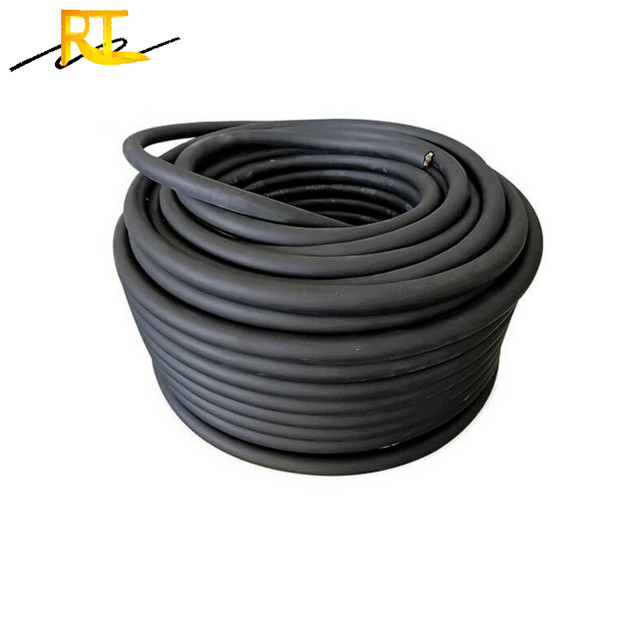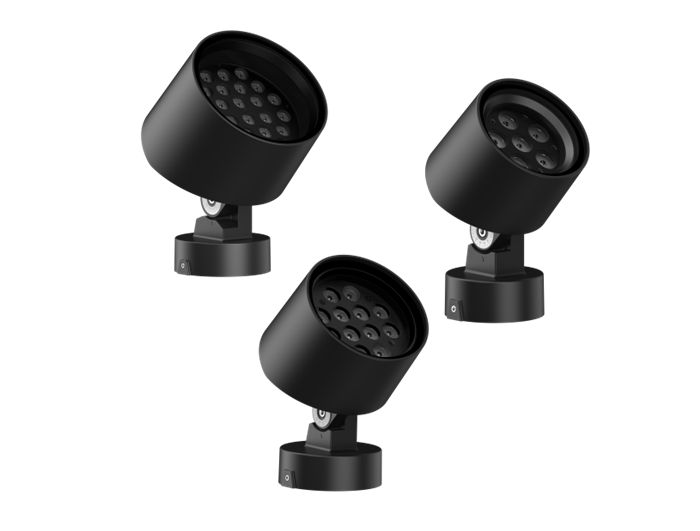What is the difference between welding cable and normal cable?
The main differences between welding cables and normal cables lie in their design, construction, and intended usage. Here are the key distinctions between the two:
Current-Carrying Capacity:
Welding Cable: Welding cables are designed to carry high currents for short durations during welding operations. They are typically used to connect the welding machine to the welding electrode or welding gun, allowing for the transfer of high currents needed for welding.
Normal Cable: Normal cables, also known as power cables, are designed to carry electrical power from a power source to electrical devices and equipment. They are engineered to handle specific current-carrying capacities for continuous and prolonged periods.
Flexibility:
Welding Cable: Welding cables are highly flexible and designed to withstand frequent bending and movement during welding operations. The flexibility allows welders to move freely while working, enabling better control during the welding process.
Normal Cable: Normal power cables may vary in flexibility depending on their intended application. Some power cables are flexible, especially those used in portable equipment, while others may have a more rigid design for fixed installations.

Insulation:
Welding Cable: Welding cables are insulated with materials like rubber or neoprene, which provide excellent resistance to mechanical damage, oil, water, and high temperatures generated during welding operations.
Normal Cable: Normal power cables are insulated with materials like PVC (Polyvinyl Chloride), XLPE (Cross-linked Polyethylene), or other specialty materials to provide adequate protection against electrical conductivity and external environmental factors.
Recommended article:The Rise of 12-Inch Android Tablets: Unveiling Their Versatility and Functionality
Precision and Reliability: The Essentials of Medical PCB Assembly
What is a Hybrid Inverter & how does it work?
Which diesel generator is best for home?
The Ultimate Guide to Selecting the Perfect Outdoor LED Video Wall
Difference Between Online UPS and Offline UPS
Advantages of Flexible Metal Conduit in Electrical Wiring
Voltage Ratings:
Welding Cable: Rubber Welding cables are typically designed for low voltage applications specific to welding machines, usually ranging from 50 to 600 volts.
Normal Cable: Normal power cables come with various voltage ratings, designed to accommodate low, medium, and high voltage applications, depending on the power distribution requirements.
Applications:
Welding Cable: Welding cables are exclusively used for welding operations, connecting the welding machine to the electrode or welding gun, and delivering high currents for the welding process.
Normal Cable: Normal power cables have a wide range of applications in power distribution, electrical installations, industrial machinery, appliances, and various electrical devices.
Environmental Resistance:
Welding Cable: Welding cables are built to endure harsh conditions in welding environments, such as exposure to sparks, chemicals, and extreme temperatures.
Normal Cable: Normal power cables are designed to withstand a variety of environmental factors, such as UV radiation, moisture, and chemicals, depending on the specific cable type and its application.
In summary, welding cables and normal cables have distinct characteristics that make them suitable for their respective applications. Welding cables are designed for short-duration, high-current welding operations and offer flexibility and resistance to harsh welding environments. In contrast, normal power cables are engineered for continuous power transmission, with various voltage ratings and insulation materials to meet specific power distribution needs in diverse settings.
What’s the Difference between Start Stop Car Batteries & Normal Batteries?
How to Choose Right Printed Circuit Board (PCB)?
Unveiling the Distinctions: LED Walls vs. Video Walls
Exploring Ebike Battery Connections: Unveiling the Power Link
Benefits of Using an Automotive Start-Stop Battery
How Do Variable Message Signs Work?
What Are the Requirements for Explosion-Proof?







